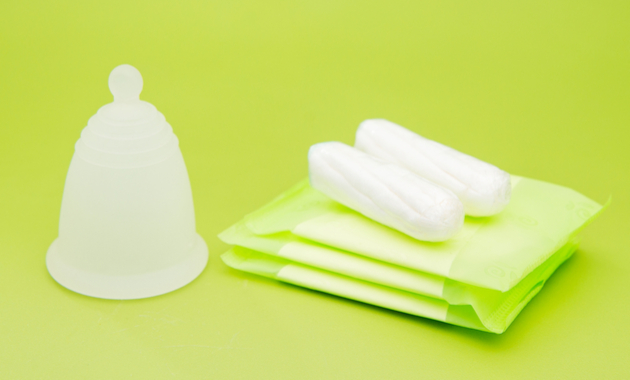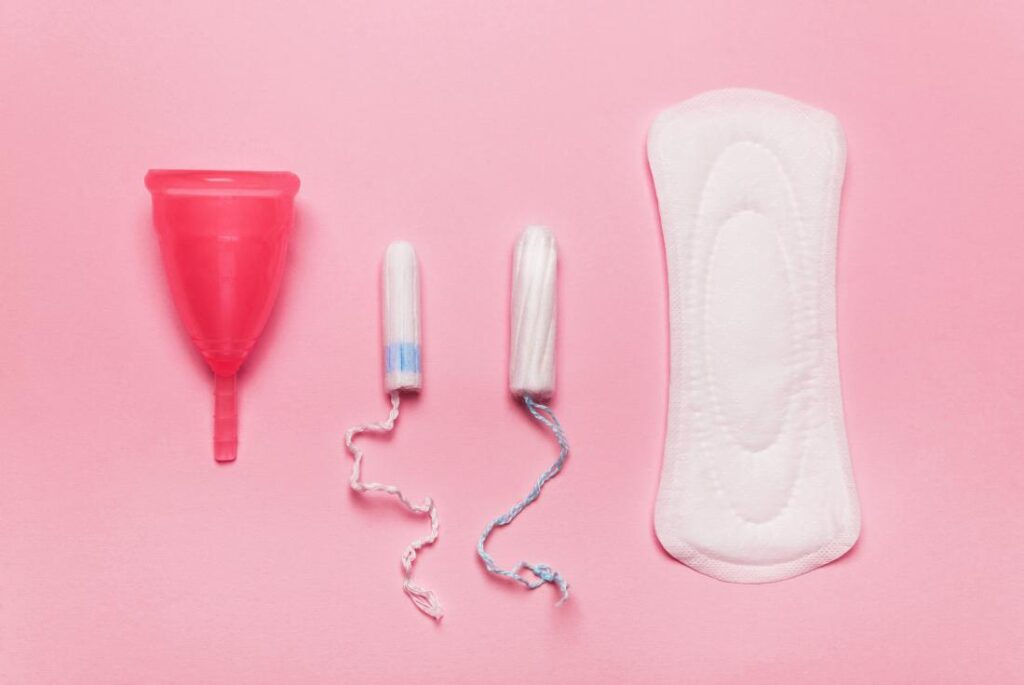

Menstruation, the flow of blood from the uterus through the vagina, occurs once a month in most women between the ages of 13 and 50. There are around 450 menstrual cycles in a woman’s lifetime, so it’s important to give some thought to the items woman uses to regulate them.
Every period is a new adventure. It all begins with eating an entire container of ice cream by yourself and culminates in a fight that neither of you needed to have (hi mood swings). It’s so bizarre, yet quite stunning. However, it also causes its own unique kind of persistent paranoia.
Throughout history, women have been bleeding. As we discovered better materials for absorbing menstrual blood, the items we used to absorb it improved as well. However, when it comes to picking a menstruation product, many women make compromises. But there are a few things to keep in mind before making a decision. Before deciding on a menstruation product, ask yourself these questions:
Is it Safe for me?
Is it good for hygiene?
Is it comfortable and easy to use?
Or it is economical?
The one should keep these things in mind while buying any of the sanitary product and if any of these answers comes in negative then should be stopped. As the years passed, sanitary items developed into the choices we have today, including tampons, menstrual cups, and reusable or plastic pads. It’s worth noting, however, that India’s adoption of new sanitary items came considerably later than in other nations.
Menstruation has long been connected with shame and taboo in society. Thoughts about menstruation being unsanitary and talks of these worries being “unbecoming” kept menstrual products out of the mainstream even as contemporary menstrual technology started to evolve. It wasn’t until 1985 that the term “period” (meaning menstruation) was used on American television for the first time. Disposable pads were introduced in 1896, despite society’s norms that discouraged use. Today, menstruation products are a multi-billion dollar global industry, with prime-time advertisements and a vast variety of products available.
Menstruation has long been connected with shame and taboo in society. Thoughts about menstruation being unsanitary and talks of these worries being “unbecoming” kept menstrual products out of the mainstream even as contemporary menstrual technology started to evolve. It wasn’t until 1985 that the term “period” (meaning menstruation) was used on American television for the first time. Disposable pads were introduced in 1896, despite society’s norms that discouraged use. Today, menstruation products are a multi-billion dollar global industry, with prime-time advertisements and a vast variety of products available.
Since the market for feminine hygiene products has shifted significantly in recent years and there is a growing (and justified) emphasis on environmental consciousness. Let us introduce you to a few of the most important choices.
Sanitary Pads
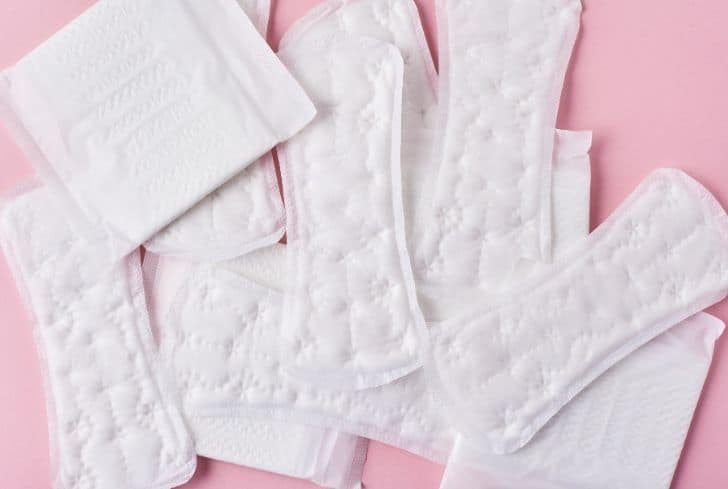

For more than a century, the sanitary pad/napkin has been the most widely used period product. Adhesive material absorbs menstrual blood through layers of rayon, cotton, and plastic, which are sewn into the user’s underwear. Pads’ design has developed over time to become more comfortable and absorbent, and a variety of options are now available to meet a variety of needs.
They are, however, not the most eco-friendly alternative, since they must be replaced every four hours to avoid the spread of bacteria and odours. A pack or two of pads a month can add up to a lot of money over time. Washable sanitary pads are now available in a number of nations, which is a good thing. As a result, these are both ecologically and economically friendly.
Menstrual cups
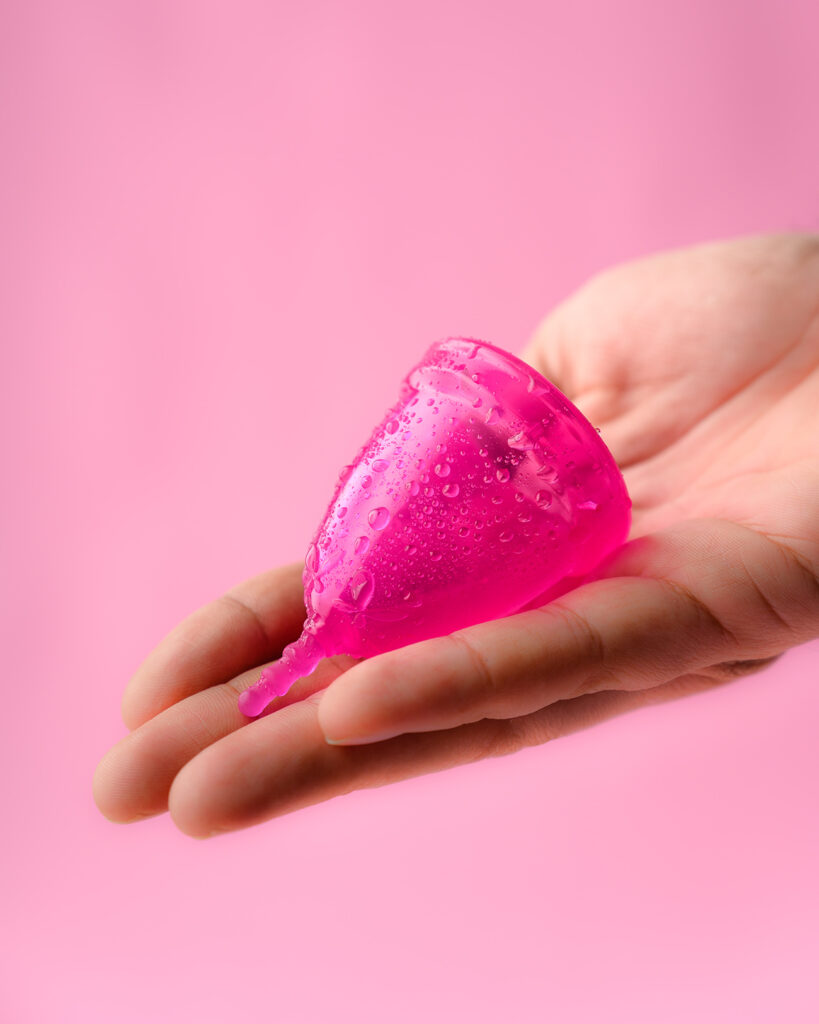

Traditional tampons and pads have fallen out of popularity in favour of the menstrual cup in recent years. In order to collect blood, a tiny silicone or latex cup must be folded and placed into the vaginal wall. Leakages aren’t a problem once the skill is perfected, and they’re usually quite comfortable.
It is recommended to remove the cups after 12 hours and to clean, empty, and reuse them. To prepare for the following cycle, disinfect them in hot water at the end of the previous cycle. They may be used for a decade, making them one of the most environmentally and economically sound solutions.
Tampons
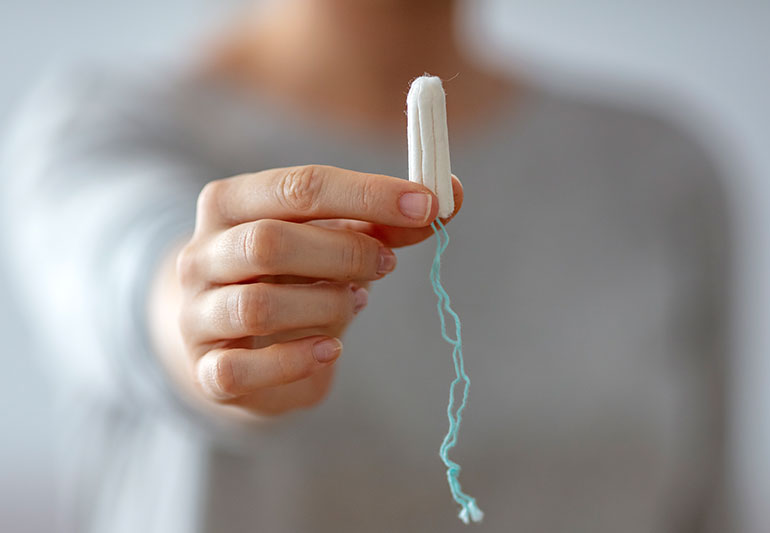

The tampon is a close second to the sanitary pad in terms of popularity. While the components are similar, a tampon is used internally by inserting it into the vaginal canal, whilst pads are externally placed on the skin. It may take some time to get used to them, and not everyone is a fan of them.
In addition to changing your tampons every few hours, be sure you’re using the proper absorbency kind for your body type. Tampons should be changed every 4–6 hours or as soon as they become saturated with blood.
Note: The blog has been on the writers opinion and the material was collected from the digital media.
Swikriti
